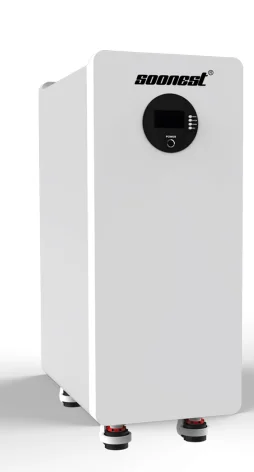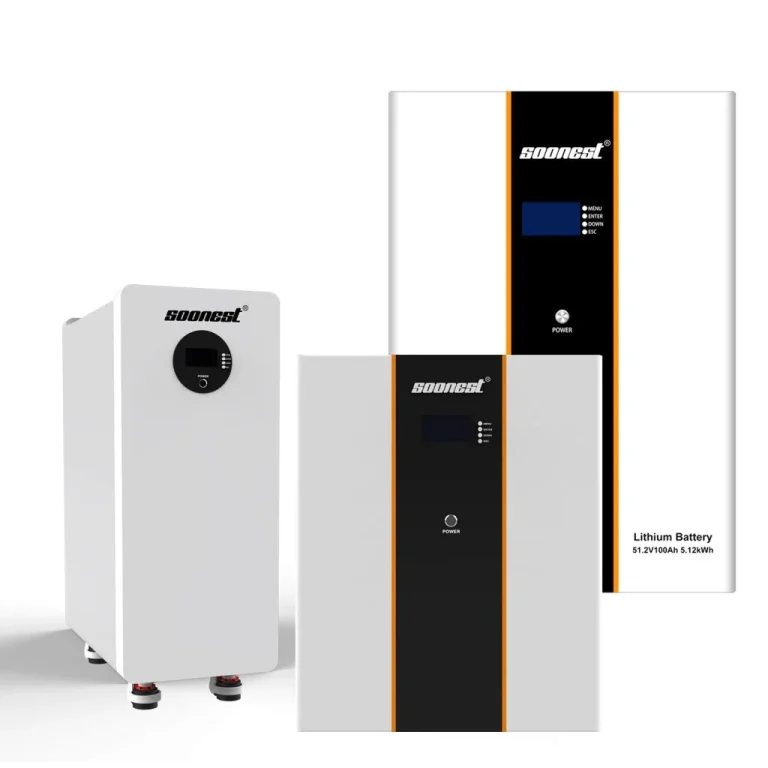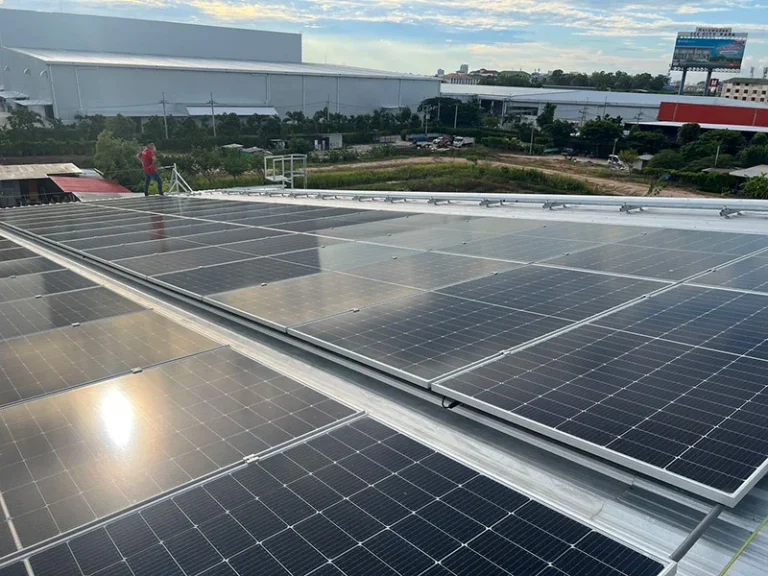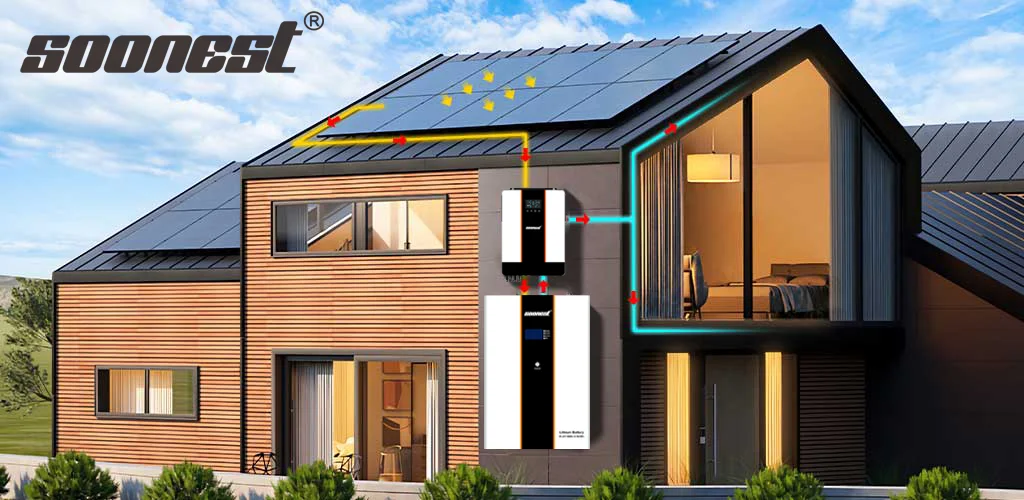
A 10kW solar generator is a powerful setup perfect for bigger homes. It makes 30–45 kWh of electricity each day. This can run big things like electric cars and air conditioners. It comes with neat features like smart inverters with MPPT charging, clever battery control, and works with 200-amp electric panels. You need 500–650 square feet of roof space. It’s awesome for sunny places. You’ll save money over time, get tax breaks, and pay it off in 7–10 years. Batteries let you use it without the grid. You must follow local rules. This fits homes using 900–1,200 kWh monthly. You can add more power later if needed. Experts should install it to keep things safe.
What Can You Expect from a 10kW Solar Generator?
Key Features and Real Power Output
A 10kW solar generator is a strong system for homes with many energy needs. It gives you about 30 to 45 kWh of power daily, depending on where you live and how much sun you get. This is enough to run electric car chargers, air conditioners, and many home gadgets all at once.
When you pair it with smart hybrid inverters, it works even better. For example, the MY Series inverter has MPPT solar charging up to 80A. It takes a wide PV input range (30–400VDC). Plus, it has clever battery management. These help the system adjust to different sunlight levels and keep batteries happy.
Where Does a 10kW Solar Generator Fit in Homes?
This size is great for homes using 900–1,200 kWh each month. It can power your whole house during blackouts if you add batteries. Many people put these on rooftops. They turn solar panel DC power into AC power for home stuff. This helps you save on bills with the grid or go off-grid completely.
Which Models Should You Pick from Soonest?
If you want a system that mixes inverters and batteries smoothly, check out the Hybrid Inverter With Battery All-in-One 10kW Solar Storage AIO from Soonest. It’s super efficient, up to 98% in turning power. It has a built-in LiFePO4 battery bank that lasts over 6,000 cycles at 80% DoD. Its IP65-rated case keeps out dust and water. So, it works in all kinds of weather.
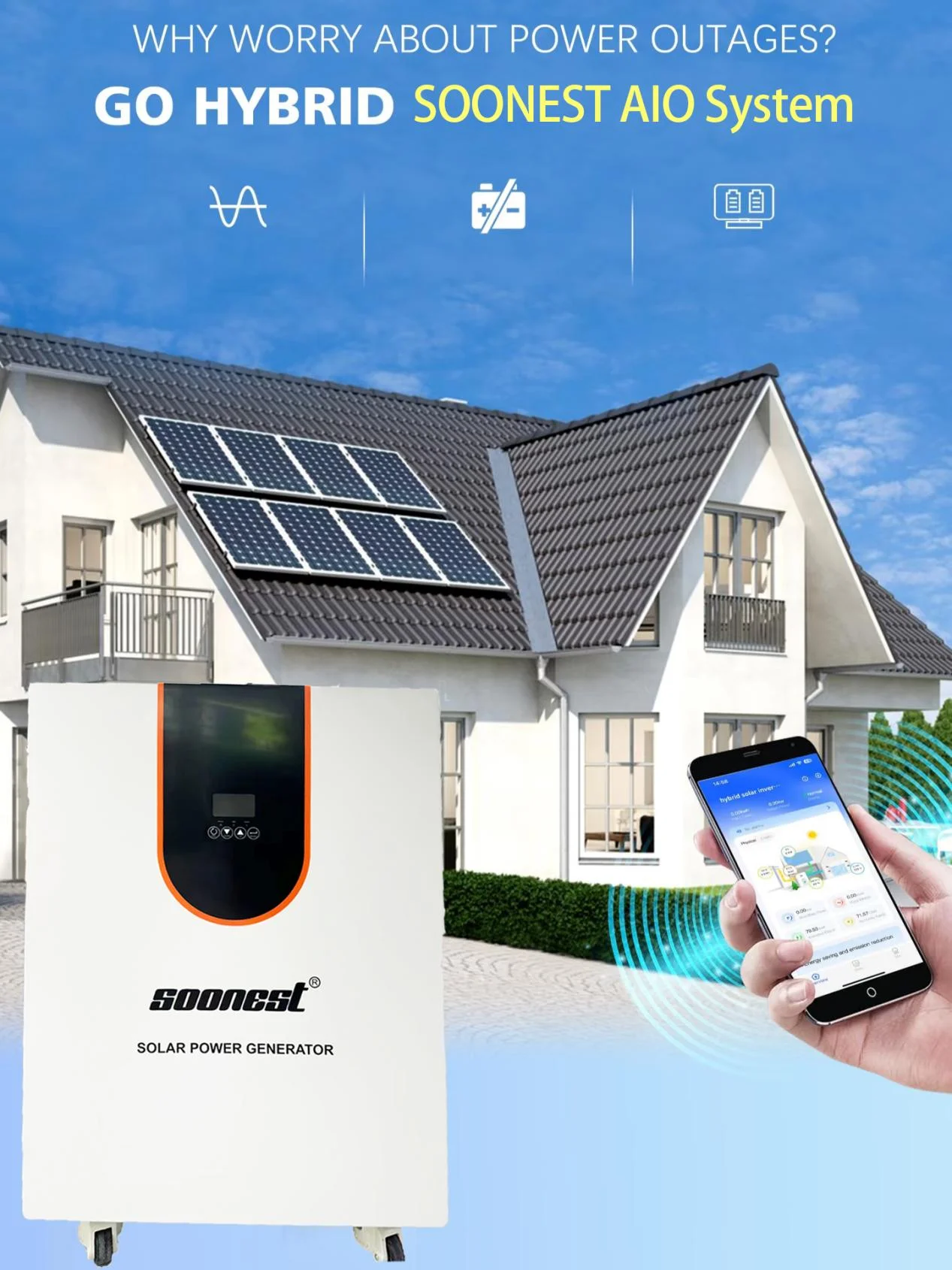
Is Your Home’s Electrical System Ready?
Checking Your Electric Panel’s Strength
Before you get a 10kW solar generator, look at your main electric panel. It needs to be at least 200 amps to handle power from the inverter safely. If your panel is weaker, you might need to upgrade it. Or, you could add a sub-panel.
Can Smart Inverters Work with Your Setup?
Smart hybrid inverters fit well with grid power or backup generators. For example, the FY Series lets you choose AC or solar charging priorities using an LCD screen. This means it blends into your home’s system easily. You don’t need to switch things by hand.
Are There Wiring or Safety Rules?
Yes, you need to spread power evenly across circuits. This stops any one line from getting too much. Top models have safety stuff like overload protection, short-circuit guards, and deep discharge prevention. These keep the system safe even when power use changes.
AC/DC coupling options give you choices in how energy moves between panels, batteries, and home devices. This is key for systems that focus on using power right away or saving it for later.
Do You Have Enough Roof Space and Support?
How Much Roof Area Do You Need?
A 10kW system needs about 500–650 square feet of clear roof space. This is for high-efficiency monocrystalline panels. The roof should face south for the best power. The tilt angle also matters for how much energy you get.
Can Your Roof Hold the Weight?
You must check if your roof is strong enough. Modern mounting systems spread the weight across the roof beams. They use fewer holes. If your roof can handle snow or wind in your area, it’s probably fine. But always ask an engineer to be sure.
Does Your Energy Use Match a 10kW System?
How Daily Use Affects System Size
Check your daily power use to see if a 10kW system fits. If you use most power during the day, when the sun is out, you’ll save more. You can use solar power directly. This cuts down on needing batteries or grid power.
In cold places, winter heating might use more power than the system makes. If so, you’ll need extra battery storage to keep up.
Should You Add Batteries, and How Much?
Batteries let you save extra daytime power for nights or blackouts. The AIO Series has modular lithium battery packs. You can start with 5kWh and add up to over 20kWh. This lets you pick how much backup power you need.
Will It Follow Local Grid Rules?
What Are the Local Connection Rules?
Most areas need anti-islanding protection and net metering approval. You also need UL1741-certified gear for grid-tied systems. Check local rules before installing. This avoids problems or fines.
Some inverters have rapid shutdown features that meet NEC codes. These keep things safe during emergencies or roof work.
What Permits or Checks Are Needed?
You’ll need permits. This includes sending in electrical plans and getting a structural review for rooftop setups. You also need utility approval for grid connection. A final check happens after installation. Using certified installers who know local rules makes this faster.
Does Your Location Boost Solar Performance?
How Does Local Sunlight Affect Power?
Sunlight strength changes by area. Places like the Southwest U.S., parts of Australia, or southern Europe get lots of sun. In these spots, a 10kW system works close to its max all year. Cloudier places get less but still good power.
MPPT technology in inverters helps get the most power. It tracks voltage even in shade or low light. This boosts your energy no matter the weather.
Are Parts Built for Local Weather?
Yes, modern systems are tough. Inverters work well in extreme temperatures (-10°C to +50°C). Enclosures rated IP65/IP68 keep out rain or dust. This makes them great for coastal or desert homes.
Is It Worth the Money Over Time?
How Do Upfront Costs Compare to Savings?
The system costs $15,000–$25,000 based on setup and battery choices. But, savings on power bills can pay it off in 7–10 years. This is especially true where net metering helps.
Systems with over 95% efficiency waste less power. This boosts savings compared to older systems.
Are There Discounts or Loan Options?
Federal tax credits, like the U.S. Investment Tax Credit, help lower costs. State rebates and net metering programs also help. Low-interest solar loans are available, too. Depending on where you live, you could cut costs by up to 40%.
Who Should Get a 10kW System at Home?
What Kind of Home Benefits Most?
Big families using electric heat or cooling are great fits. So are homes with people working from home, using more daytime power. If your home uses over 1,000 kWh a month, this system works well. You won’t need the grid much.
If you have electric car chargers or run big devices like pool pumps, this setup keeps your bills steady.
When Should You Go Bigger or Smaller?
If your power use is more than a single-phase inverter can handle, think about scaling up. Plans like adding more electric cars or electric heating might need this. Some hybrid units let you connect up to six for bigger power.
If your use is below average, around 600 kWh a month, a smaller system might be better. Try an all-in-one unit like the compact hybrid inverter from Soonest. It saves space and money while keeping you off-grid.
FAQ
Q1: Can I install a 10kW solar generator myself?
A: You can if you’re licensed. But permits and electrical rules are tricky. It’s best to hire pros who know local codes.
Q2: Will my system work during blackouts?
A: Yes, if you have batteries. Grid-tied systems stop during outages unless they’re hybrid with backup power.
Q3: How long do these systems last?
A: Panels last over 25 years. Batteries last 8–15 years, depending on type. Inverters last about 10–12 years but can go longer with care.


